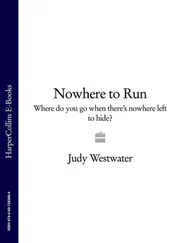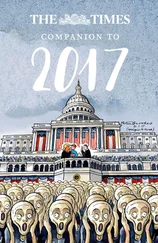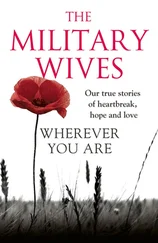Let me digress for a moment on the subject of research. I always record the books I read on index cards. I'm looking for different things than people look for in academic research, and my cards usually represent a personal index of sense details. Sense details, scenes, images you find in your research you can record on your cards and plug them into the sequence as you arrange. For example, Countrymen of Bones was set in the Alamogordo desert during the building of the first atomic bomb. This book took some historical research, as well as reading in nuclear physics and archeology, and the cards allowed me to indicate briefly certain things I might need to know for certain scenes. For example, one of my main characters worked on the bomb, and his job was to lead the team trying to craft the lens in exactly the right shape to hold in the explosion. I didn't have to know everything about the bomb; as soon as I read about the team working on that lens, I said, "That's Lloyd." So I did a lot of indexing of that particular job, the cloud chamber where they tracked the beta particles as they flew off the explosion, the photographs they took of the smoke in the chamber, the track of the beta particle as it poops out. Such details were suggested by scenes in my brainstorming, and some suggested scenes. (For example, Lloyd rearranges a table of cloud chamber photos in a scene.) When you record such details, on your card are just six or eight words, a sense detail, an indicator of scene, or maybe a reference to a book where you can fill in a historical or professional detail. The juice is not written out of these scenes because you've made sure you didn't start writing the description or the dialogue; you just put down the bare indicator and then you went on.
When your cards are arranged, you take the first card and you start writing the novel. Here's the first scene. And it's ready for your unconscious because all you have here is eight words, a sense impression to call up that scene. You go into your trance and you write that scene, and now the second scene comes up, and you write that scene, and then you write the third card, and — guess what happens in the third scene. Something you didn't expect. You don't even know where it came from, because it's coming from your unconscious. Great. That leads you to a fourth scene and a fifth scene you didn't expect. Great.
But now you feel that the story has to be drawn back into the main thrust of everything yet to come. Now that you've got an unexpected third, fourth, and fifth scene, you go back and look at the fourth card, and it doesn't fit quite the way it did at first. Wait a minute, this changes some things. In fact, you must go back and look at all the cards, numbers 4 to 92 (or however many you have). What do you do now? The next day you go into your trance and lay out cards 4 to 92 and rearrange them. In essence, you rewrite your book structurally.
I personally write from beginning to end of a book. I don't want to be dogmatic about this, because I'm sure a particular artist may do it some other way. But it's hard for me to imagine writing very much out of sequence, because sequence is crucial in a narrative. If everything is organic in a work of art, and I skip six or eight or ten scenes to write this scene that feels hot to me right now, how do I make decisions about character, voice, image, event in that scene? And there are crucial matters of motif, of recomposition, that I will soon speak of, which are impossible to manage by skipping ahead out of context. In a contextual vacuum, you make decisions that are at best tentative. And why are you doing that? I think oftentimes the impulse is to avert your eyes: that's the scene I can do safely; the scene that is not really going to challenge me; that's a good scene to unite today.
So I would say it probably doesn't work to "write around" in a novel. Structure happens from the imperatives of the whole object you're creating. When you are driven by the desire for the organic wholeness of the object, and by the need to recompose the elements that are already in the work, and by the dynamics of your character's desire, structure will inevitably come from that.
Yet this system, if it's going to work for you, has to be totally flexible. The fact that you've got ninety-two cards in a row doesn't mean that you're going to write those ninety-two cards out one after the other and think you've got a book. No, you're rewriting and rewriting and rewriting, over and over, not on the level of phrases and paragraphs, but on the level of structure. There's a lot of rewriting going on here, but it's not in drafts, it's in following those instinctive, from-the-hot-spot surprising things, and then restructuring everything to come as a result. It's got to stay flexible, and it's got to stay from the trance, or you will pull the trigger on the shotgun and blow off the back of your novel.
It's also possible to use this system in a more limited, but still more flexible way. In They Whisper, my seventh novel, for instance, I was dealing with a very complex structure driven by the flow of delicate emotional associations. No way in hell I could anticipate what the sequence was going to be. But I dreamstormed two hundred cards, and then all I did was look for eight cards that might be near the beginning, and I strung them out and rearranged and rearranged them. Then I wrote those scenes. Once they were exhausted, I went and got six or eight more cards, and so forth. The useful thing was that the possibilities already indicated on the cards helped to guide and structure my unconscious, which was improvising the form as it went.
I've never used the cards the same way twice — maybe they operate for me like a tarot deck. But this is fundamental: keep it open, fluid; realize that nothing you do here is locked in, it's got to stay subordinate to the trance state in order to work.
The advantage I see of this system over multiple drafts is that in the big sprawling rough draft, no matter how open-minded the writer is, she has to make approximations in the first draft, then she must make approximations in the second, and more in the third, adding more rough, headlong stuff in the fourth. If the book is at all complex, the draft writer will hit forks in the road, over and over, and must choose this fork instead of that. If that happens early in the book, or even in the middle, by the time she gets to the end and the novel is sprawling in whatever way it sprawls, it's very difficult to go back and take the other fork she faced on page 30. With this system, all the forks are fine — you follow this one, you follow that one; you go down this fork in the sixth week of dream-storming; in the tenth week, you go down that one, as far as you want to go — because at each point you are rewriting and redreaming the book on the level of structure.
For me, it feels as if this system gives the writer something that she loses doing the draft. But, ultimately you've got to get into your own personal white-hot center and get rid of anything in your process that interferes with that. If it means getting rid of draft writing, you get rid of it; if it means getting rid of dreamstorming, you get rid of that.
If you dreamstorm a short story, you have to understand that the working parts of short stories are not scenes, because most short stories don't have more than a handful of scenes. The working parts are of various sizes and shapes, perhaps a scene but also maybe an image, a fast-forward, a detail, a beat of dialogue. The lift of an eyebrow and Joe rapes Anna —each of those could be working pieces in the dreamstorming of a short story. Having five cards to represent a structure is not much use to you. You almost have to be a draft writer for short stories.
Still, if you dreamstorm all those various elements, you might try this, which I've done sometimes: you take a legal pad and — maybe there are only three scenes in the story — put your indicator phrase of one at the top, one in the middle, and one toward the bottom. Then all the other elements you've dreamstormed for the story you might plug in under what scenes they may visit. It feels awkward to me, but I came late to writing short stories, after I'd been in my unconscious for a decade and written half a dozen novels from there. But I have talked to writers who have found the card system useful for short stories. It works particularly well for the rare sort of story that covers a long period of time or has a large number of scenes. I've also heard from writers for whom the system gives them impetus in their work; they know better where they're going, what sense details juice their scenes.
Читать дальше
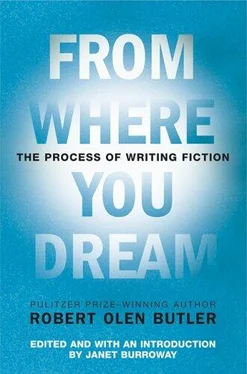
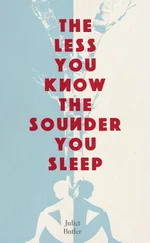
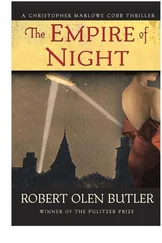
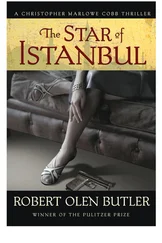
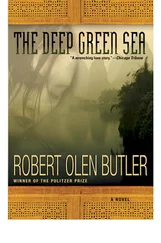
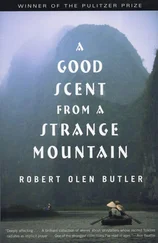
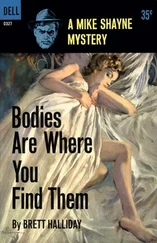
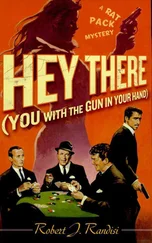

![Theresa Cheung - The Dream Dictionary from A to Z [Revised edition] - The Ultimate A–Z to Interpret the Secrets of Your Dreams](/books/692092/theresa-cheung-the-dream-dictionary-from-a-to-z-r-thumb.webp)
